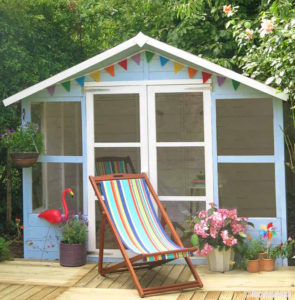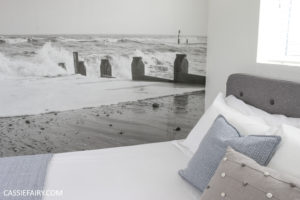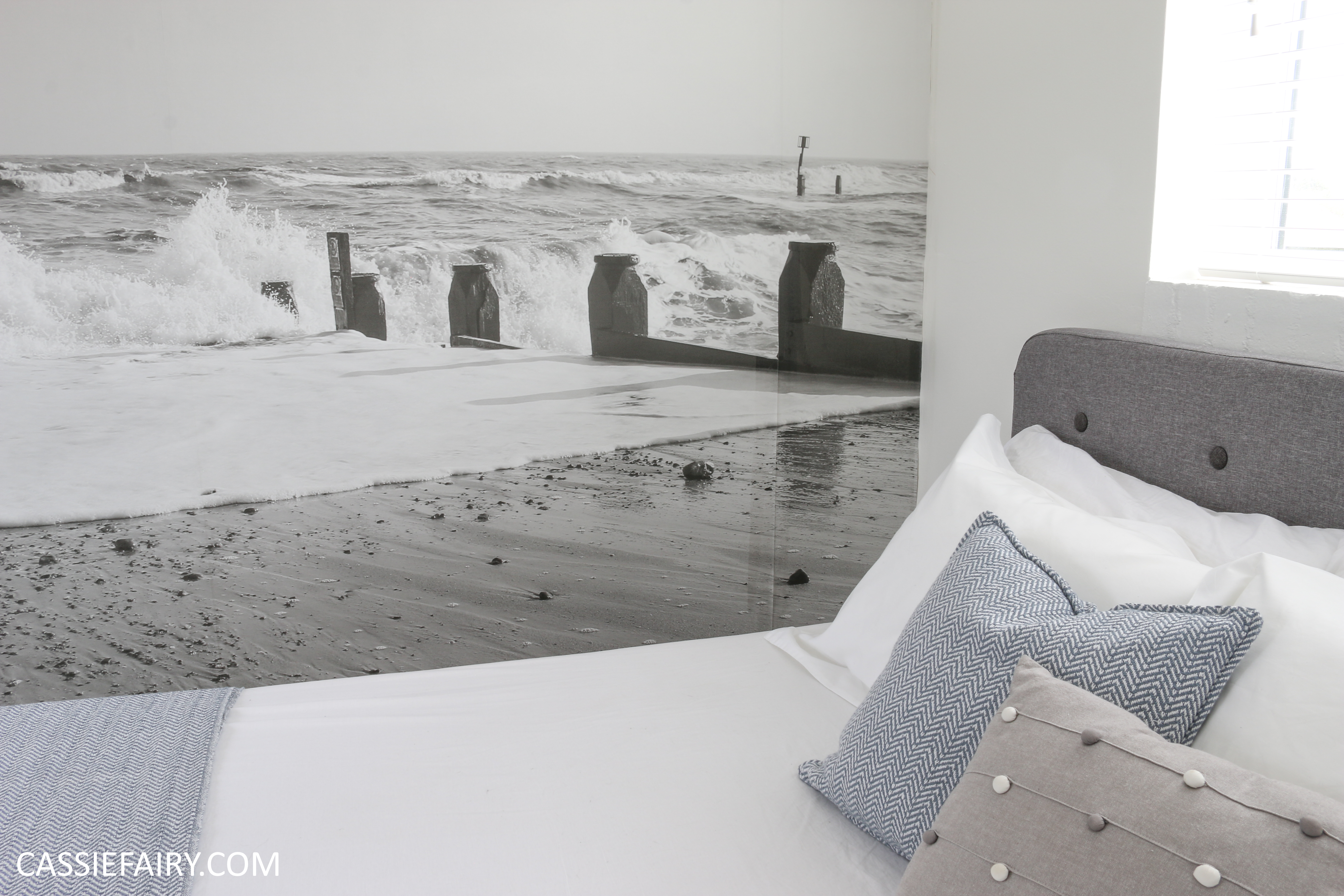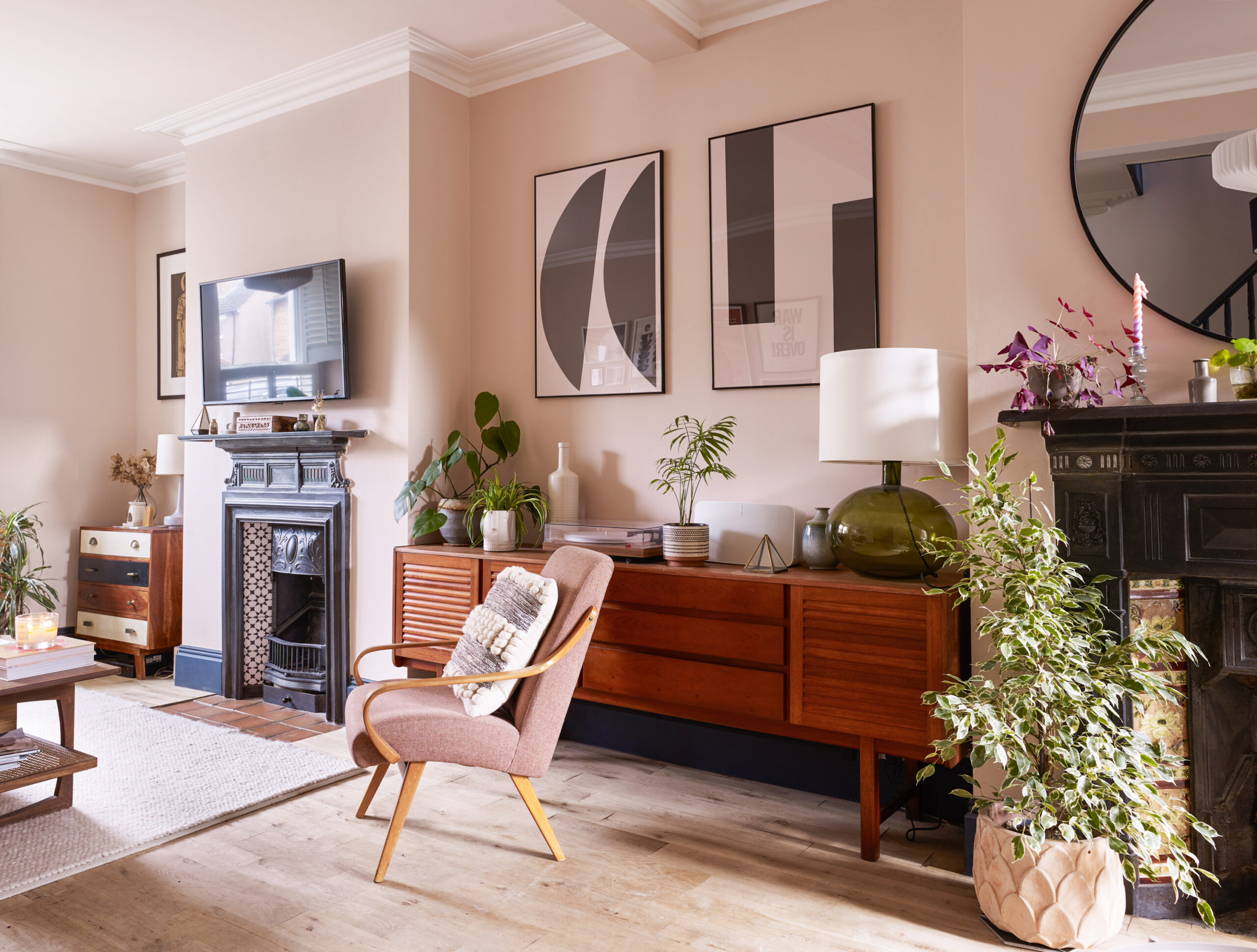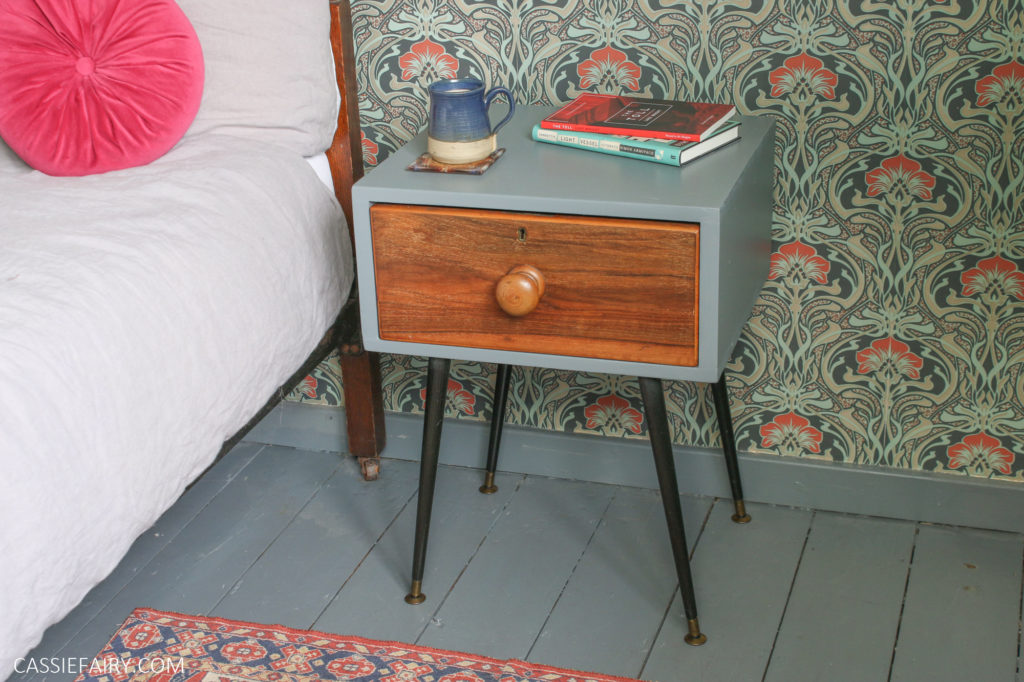
We’re all becoming more aware of how the items we buy for our home are produced and the importance of choosing sustainable or secondhand products. Not only does choosing renewable materials, such as organic wool and bamboo, mean that your purchases will have less impact on the environment, but they’re often healthier for you too, with fewer chemicals used in the production process. And revamping old pieces breathes new life into existing items, keeping them out of landfill and saving you money too.
Here are four ways to revamp your bedroom with some more sustainable interior design choices…
1. Your bed
Let’s start with the most important feature of your bedroom – the bed. It’s also where we usually find the most chemical-laden product of all – the mattress. While it’s not sustainable to bin a newish mattress, when the time does come to replace your mattress, it’s worth shopping around for one with good organic and environmentally-friendly credentials.
Look out for terms such as GOTS and OEKO-TEX Certified as this means that the mattress is organic and contains no harmful chemicals. The stuffing will be an organic material, such as wool and supportive natural Talalay latex. The fabric outer covering it will also be made from organically-produced fabric, such as cotton or linen. All of these natural materials means that it’ll be breathable and moisture-wicking, so it’ll keep you cool during hot nights and cosy in the winter, which will improve your quality of sleep and therefore be super-healthy for you.

2. Decorating
Something I’ve been researching a lot recently is VOC-free paint. Although it’s a bit of a myth that zero-VOC paints aren’t possible, it certainly IS possible to buy paints with very VERY low VOCs. Volatile Organic Compounds are the chemical gases that are emitted from paints, varnishes, waxes etc – if you have a lingering smell in your home after you’ve painted the skirting board, that’s the VOCs being released into the atmosphere.
It’s therefore better for your lungs to choose wallcoverings and finishes that don’t emit VOCs and are a less toxic formula. Look out for ‘natural’, ‘organic’ ‘non-toxic’, ‘breathable’ and ‘water-based’ paints with ‘minimal VOCs’ as these products will contain less harmful chemicals and the paint will be more bio-degradable.
When it comes to wallpaper, look out for the term FSC Certified. This means that the wood that goes into the paper is sustainably sourced. The Forest Stewardship Council ensures that the forest is protected, and won’t be harmed by the production of your wallpaper. This means that your decision to have a feature wall in the bedroom won’t negatively impact the environment.
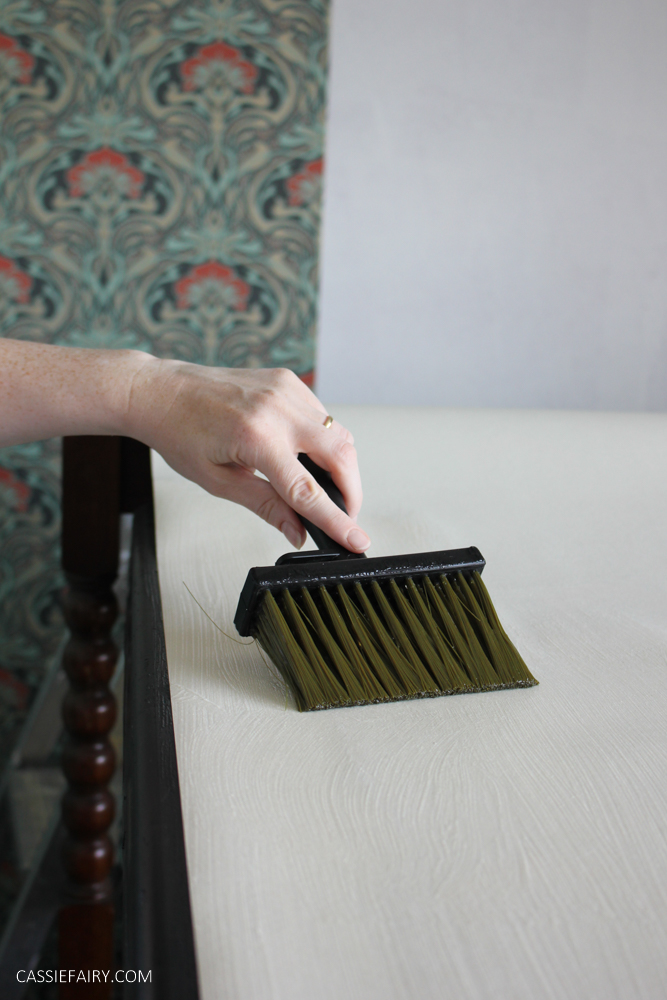
3. Soft furnishings
Again, choosing natural fibres is key to achieving a healthy, sustainable bedroom, so keep a look out for bedding that’s made from linen, cotton or silk, as these are renewable fibres. Likewise, throws and cushions made from wool will be super cosy as well as being an eco-friendly product. But often, that’s only the case when you buy these fibres in their natural, non-treated state – some fabrics will have been processed with chemicals or bleached before they reach you.
So, it’s worth searching for sustainably-produced natural bedding products. Avoid GM cotton and look for labels such as Fairtrade Textile Standard or the Global Organic Textile Standard, as this means that the cotton is safer to harvest and use. Or choose untreated linen, which is made from flax plants and will last a lifetime, getting softer with every wash. The added bonus is that natural fibres are biodegradable so will break down naturally after their usable lifespan.
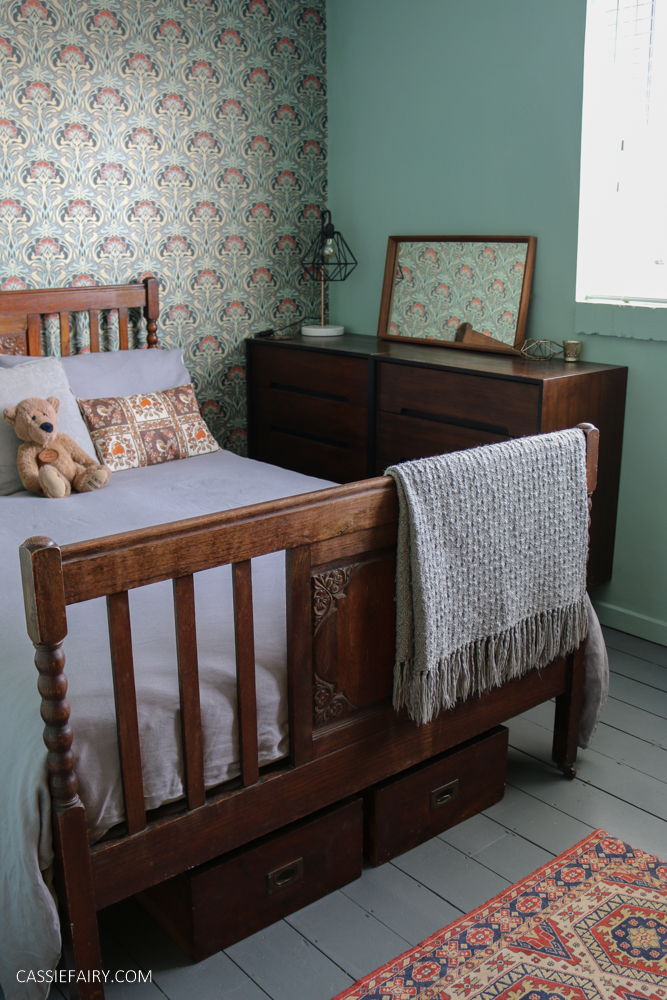
4. Floors and furniture
It’s lovely to have something warm underfoot in a bedroom but, rather than buying acrylic carpets, choose a natural rug as an alternative. Jute, hemp, coir and sisal rugs are all made from natural plant-based fibres, so they’re biodegradable and a more sustainable choice for covering your wooden floors. Look for the phrases ‘leaf fibres’ and ‘nut husk fibres’ as these are made from renewable plant sources.
When it comes to furniture, pieces made from bamboo are a good choice. Bamboo grows quickly, making it a renewable resource, and it requires fewer pesticides to grow it. Choose organically farmed bamboo for the most environmentally-friendly option.
If you’re going for wooden furniture, be sure to choose a piece made from FSC-certified materials, or shop secondhand to buy already-made furniture. Buying old items (and perhaps revamping them with low-VOC chalk paint) is a very sustainable option, as you’re reusing existing pieces rather than creating demand for new furniture to be manufactured. The bonus of wood is that it’ll last you many years and you can treat it with natural waxes or refinish it with paint or stains, so there’s no reason why it wouldn’t last you a lifetime.

So, if you want to make your bedroom more sustainable, it’s simply a case of selecting natural materials, using products that haven’t been packed with chemicals and reusing old pieces as much as possible. Let me know how you’ve made your own home more environmentally friendly in the comments below – I’d love to hear your ideas! 🙂
Pin it for later

This article is a sponsored collaboration. The pink links in the content indicate a sponsored link or information source. The blog post reflects my own experience and the sponsor hasn’t had any control over my content 🙂









